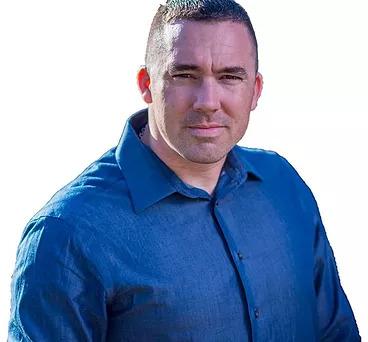When Jim Owen turned 70 years old, he was falling apart. He was suffering from severe lower back pain, his knees had been worn out, and his rotator cuff was frozen stiff. He was also about 25 pounds overweight. Instead of sitting back, he decided to make health a priority for himself.
“I had an epiphany, and I realized how quickly we age is a choice. We can either follow the path of least resistance,” Owen explained, “or we can push back, and slow or even reverse the process.”






